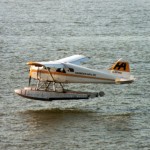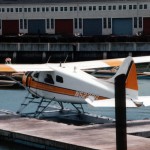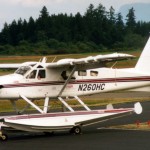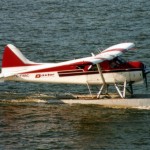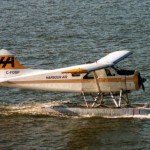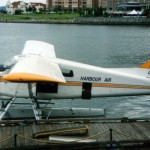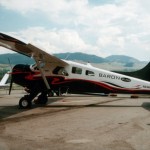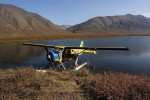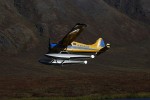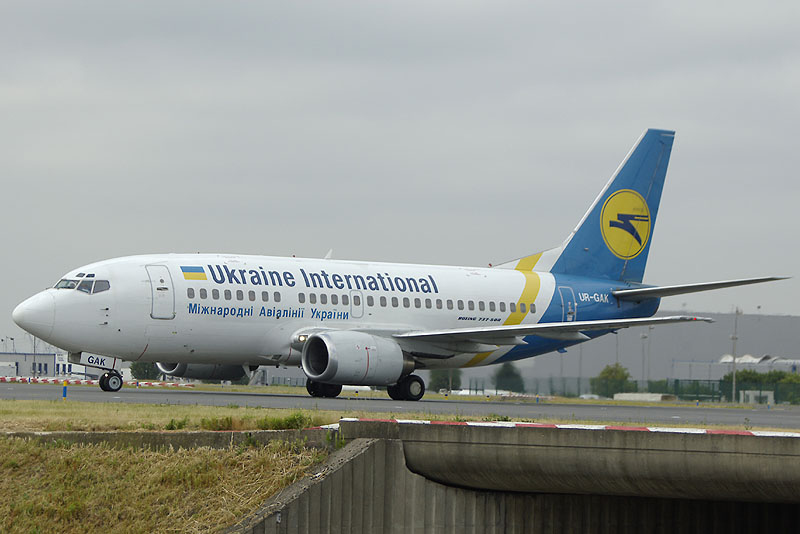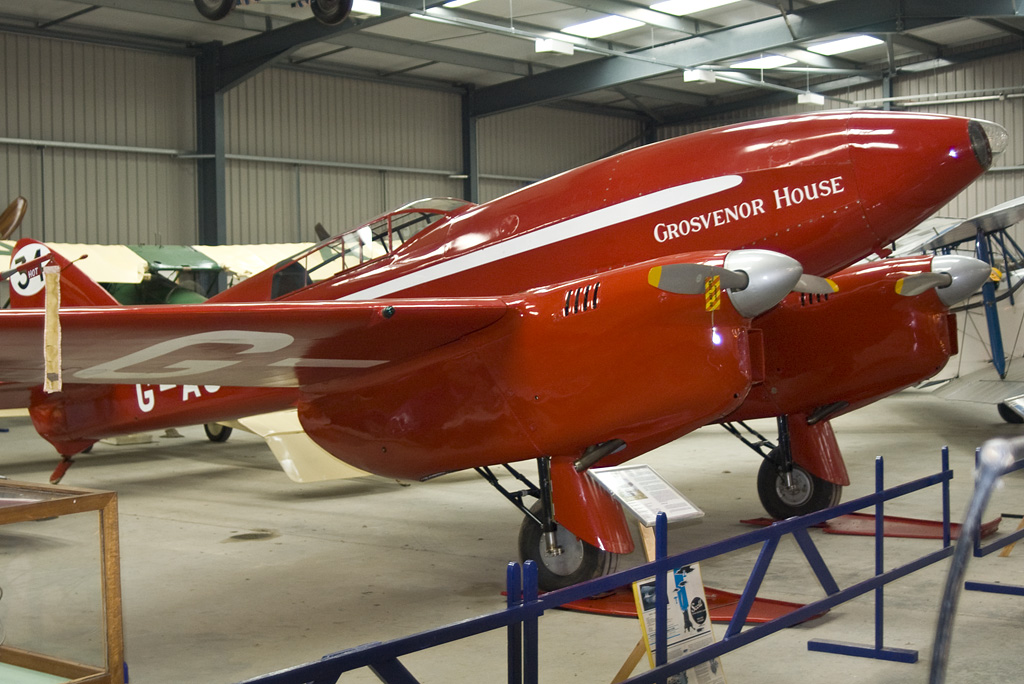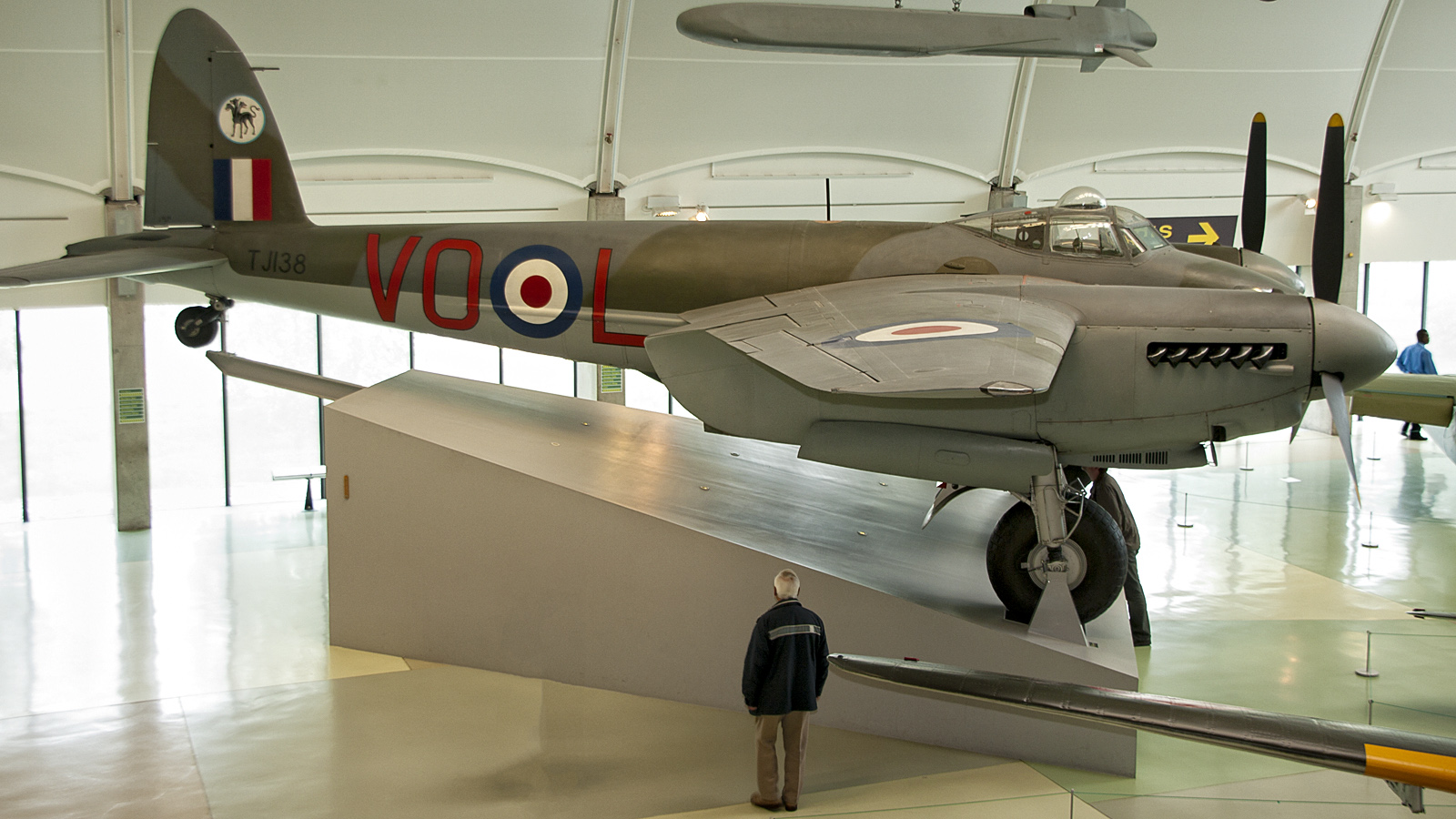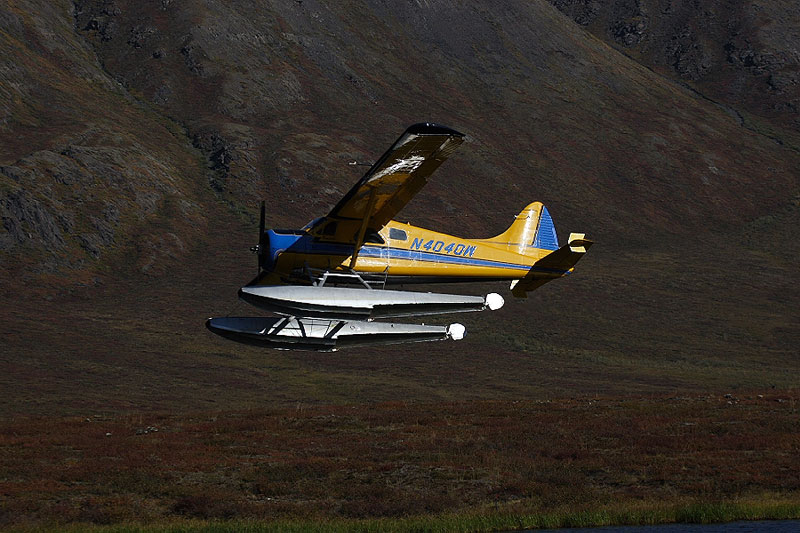
First all-metal bush plane designed and built in Canada; de Havilland Canada DHC-2 Beaver is a single-engined, high-wing, propeller-driven, STOL aircraft developed by de Havilland Canada. The Beaver had extra wide doors so it could be loaded and unloaded easily. It also boasted an accessible oil reservoir that could be refilled in flight.
Developing nation: Canada.
Manufacturer/designer: de Havilland Canada.
Production line: Downsview area of Toronto, Ontario, Canada.
Type aircraft: STOL utility transport.
First flight: August 16, 1947.
Produced: 1947 – 1967
Built: 1,657
With its all-metal construction, high-lift wing, and flap configuration, the DHC-2 Beaver was a robust aircraft with excellent short take-off-and-landing capability even with heavy loads. It features a high-lift wing with its entire trailing edge hinged, hydraulically operated flaps and slotted ailerons. These special features permit the aircraft to take off and land in extremely short distances.
Another outstanding advantage of the Beaver is its ability to operate equally well on wheels, skis, floats or as an amphibian. Military operators including the US Army bought the Beaver for utility work and several went to war in Vietnam.
Variants
- Beaver I: Single-engined STOL utility transport aircraft.
- Beaver AL Mk 1 : STOL utility transport aircraft for the British Army.
- C-127 : original designation for DHC-2 aircraft used by the U.S. military, redesignated L-20.
- YL-20 : Test and evaluation aircraft for the US military.
- L-20A Beaver : STOL utility transport aircraft for the U.S. Army, later redesignated U-6A in 1962, 968 built.
- L-20B Beaver : Basically similar to the L-20A, but with minor equipment changes. Six were sold to the US Army. Later redesignated U-6B in 1962.
- Beaver II : One aircraft was fitted with an Alvis Leonides radial piston engine.
- Wipaire Boss Turbo-Beaver turbo conversion fitted with PT-6 but retaining the original lower curved fin shape
- Turbo-Beaver III : Powered by a 431 kW (578 ehp) Pratt & Whitney PT6A-6 or -20 turboprop engine.
- DHC-2/PZL-3S: After-market conversion by Airtech Canada in the 1980s, using current-production PZL-3S radial engines of 600 hp (450 kW)
- Volpar Model 4000 was a 1970s conversion by Volpar, first flown in April 1972 with a modified nose fitted with a AiResearch TPE331-2U-203 turboprop with a three-bladed propeller. Other changes included a new fin and rudder
General characteristics
- Crew: 1
- Capacity: 6 passengers, 953 kg (2,100 lb) useful payload
- Length: 9.22 m (30 ft 3 in)
- Wingspan: 14.63 m (48 ft 0 in)
- Height: 2.74 m (9 ft 0 in)
- Wing area: 23.2 m2 (250 ft2)
- Empty weight: 1,361 kg (3,000 lb)
- Gross weight: 2,313 kg (5,100 lb)
- Powerplant: 1 × Pratt & Whitney R-985 Wasp Jr. radial engine, 450 hp (336 kW) each
Performance
- Maximum speed: 255 km/h (158 mph)
- Cruise speed: 230 km/h (143 mph)
- Range: 732 km (455 miles)
- Service ceiling: 4,586 m (18,000 ft)
- Rate of climb: 5.2 m/s (1,020 ft/min)
All pictures courtesy of Zijde Aviation Photo and Publishing, Rob Vogelaar


